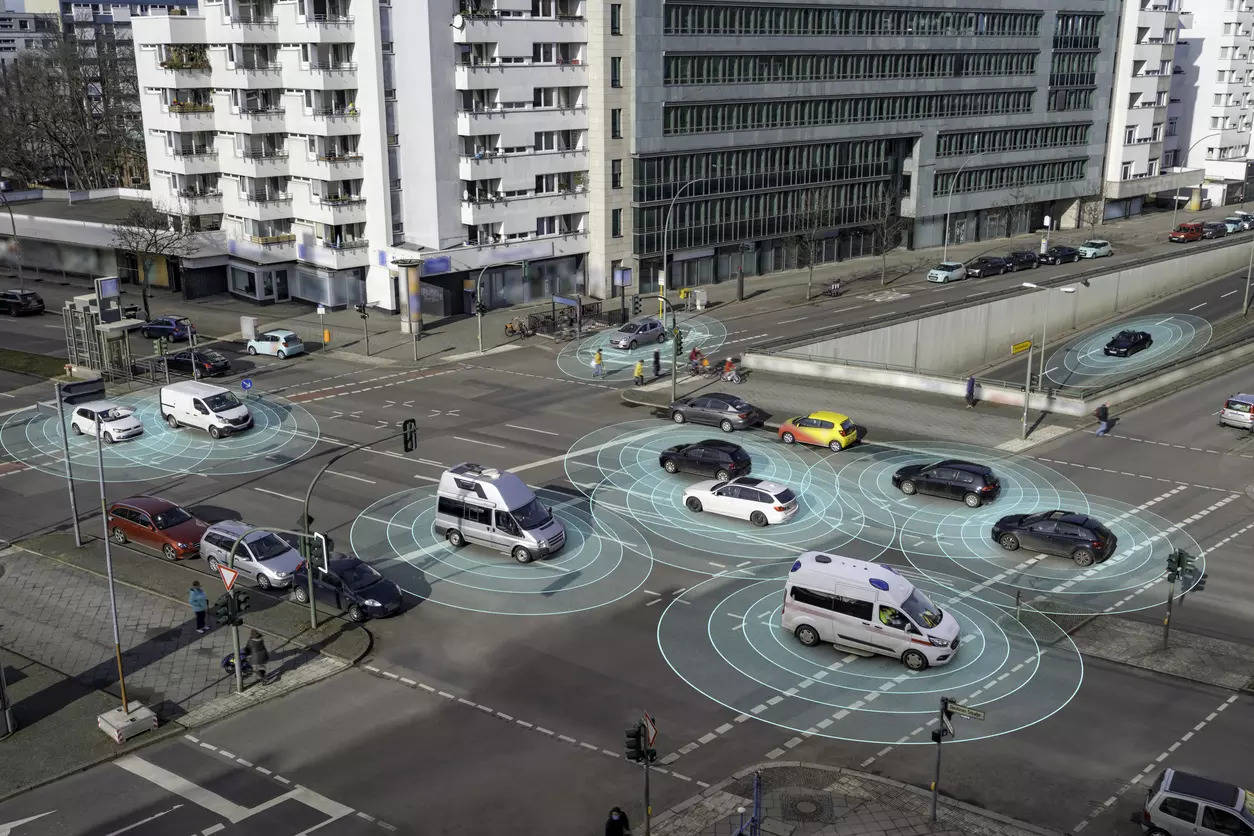
New Delhi: India witnesses 19 deaths and 53 road crashes per hour as per recent details shared by the Minister of Road Transport and Highways Nitin Gadkari. The most vulnerable section is two-wheelers, which recorded 42% of total number of sections following 20% pedestrians, he added.
The rising percentage of road crashes in the country is alarming for the government of India, OEMs (Original equipment manufacturers), regulatory bodies, and other players, who need to address the concern. The heavy use of the latest technologies in the automotive sector might be a ray of hope to curb such incidents. Implementing artificial intelligence such as ADAS in vehicles might bring a paradigm shift toward safer vehicles.
Embedding technology into safety
“We are using advanced technology daily. Why not use technology to improve road safety…Coming from a technology background, we strongly believe technology is the only way which can assist in improving road safety,” says Teja Gudena, Executive Vice President, Netradyne India to ETAuto on the sidelines of the World Safety 2024 event organised by Asian Road Safety Academy.
ADAS-fitteed buses recorded 41% lower accidents compared to non-ADAS buses demonstrating the higher level of safety induced through the advantage of ADAS technology (January’23 and August 23). This metric across all drivers of ADAS buses has dropped by 30% since the start of the project signaling that the drivers have become more careful (defensive) in their driving habits, states iRASTE Nagpur Report.
iRASTE Nagpur report comprises artificial intelligence (AI) scientists and road engineering experts who were brought together to experiment on road safety engineering leveraging the predictive power of AI.
Collaboration of powerful entities
The enforcement of technologies in road safety can blend with the help of powerful entities like the Government of India, OEMS, regulatory bodies, NGOs, and many more. However, the first initiative should be from the government, believes Gudena.
“We think government plays are important because they need to bring in enforcement laws. Otherwise, no OEM will actually integrate this. As OEMs are always concerned, especially in India kind of tough competition. So I think the policy needs to be initiated from the government,” he added.
OEMs can help individuals and the Government (local agencies involved in traffic management and road safety) can host the platform to analyse data collectively (produced from individual vehicles equipped by OEMs), says Dr. Manoranjan Parida, Director, CRRI India.
Can it bring a change?
Leveraging the power of AI in providing safety can be done via a multi-pronged approach. This approach needs not only to restrict the enforcement of technology but also demands greater awareness with good infrastructure.
Implementing technologies like ADAS into public vehicles, commercial vehicles, private vehicles, and roads might bring positive change in the country with reduced mortality rates. The technology can aid in alerting the driver and OEM owners of possible threats that might lead to an accident.
“If ADAS are installed in City buses, which usually ply on all arterial and sub-arterial roads, and if coverage is good, a 30-50% reduction in crashes involving buses is expected. However, having this fully implemented for both the purposes i.e. as an assistance to drivers and as an input for grey spot identification is easier for public transport vehicles than individuals’ cars and therefore expected to take more time,” says Parida.

















